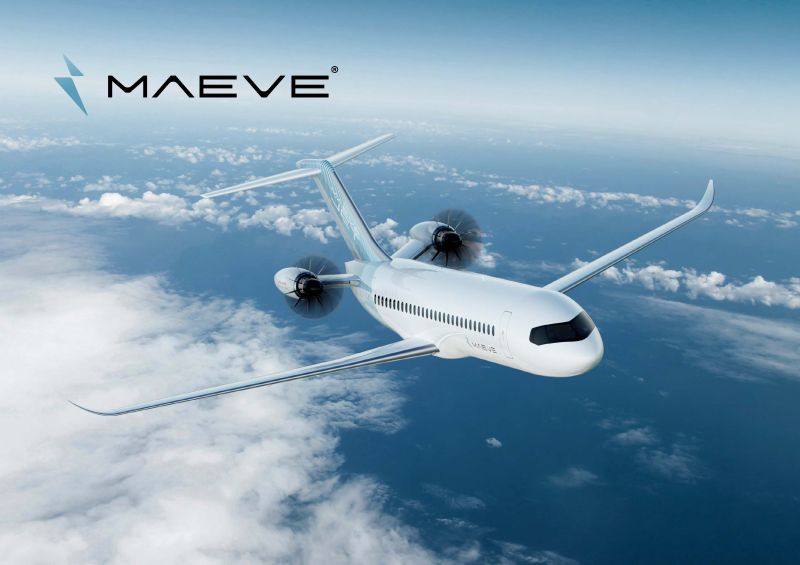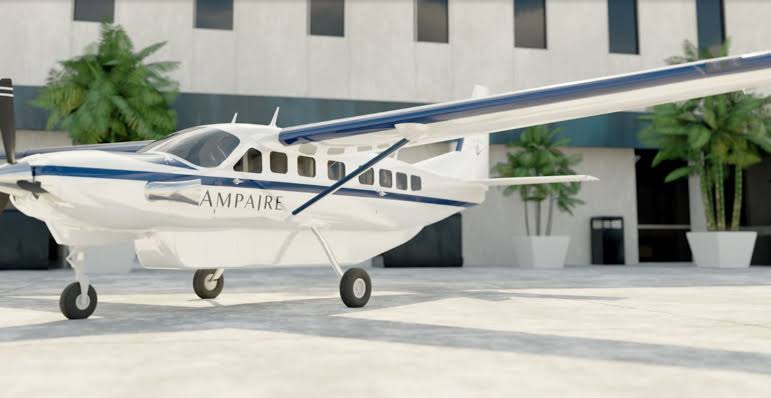
Delta just announced it will back Maeve Aerospace’s hybrid-electric concept. The partnership leans more on sharing operational expertise (and, of course, the Delta brand) than on placing firm orders. Still, it has pulled new attention toward hybrids as a potential bridge solution for next-gen flight.
In my last article, I walked through the economic benefits of all-electric aircraft, and also the hard limits of energy density, which confine them to smaller regional roles. Hybrids offer an intriguing alternative: pairing batteries with conventional propulsion to carry more payload and stretch range beyond what pure electrics of the same vintage could achieve.
My forecast calls for 30-seat all-electric planes around 2033. Maeve, by contrast, claims it can field a 100-seat hybrid in that same timeframe.
That’s the crux of the debate: hybrids could be a force multiplier, accelerating the path to larger electric flight, or they could dilute the benefits just enough to blunt any real disruption. Let’s explore.
How Electric Hybrids Work
All-electric aircraft use battery packs to power electric motors throughout the entire flight cycle (take-off, cruise, and landing).
By contrast, most hybrid-electric designs use batteries to provide extra power during take-off and climb (where fuel burn is highest), then switch primarily to conventional engines for cruise. In some concepts, the engines can also recharge the batteries in flight, which can later assist again during descent or landing.
This combined approach allows today’s energy-dense jet fuel to handle the “heavy lifting,” while electricity trims fuel use and emissions at the margins. This conveniently side-steps the energy density bottleneck of all-electric platforms we covered last week.
However, the compromise comes with muted benefits compared to all-electric aircraft:
- Operating costs may only fall by a fraction. Airports must still invest in charging infrastructure while also maintaining existing Jet A systems
- Maintenance costs could rise because two propulsion systems (electric motors plus conventional engines) need upkeep instead of one
- Noise reductions are more limited. Depending on the platform, hybrids may not significantly lower noise compared to current jets, leaving airport curfews and capacity constraints unchanged
Who’s Flying Them Today?
It’s useful to compare how all-electric and hybrid aircraft stack up today. The BETA CX300 is our benchmark all-electric model, designed for six seats (including pilots). This platform is currently doing test runs in Norway, as covered last week.
On the hybrid side, Ampaire has been the most close to market launch. . Its Eco Caravan, a retrofit of the Cessna Grand Caravan, seats eleven people. It pairs a turboprop engine with an electric drivetrain to smooth out power demand, trimming fuel burn by as much as 70%.

The Eco Caravan is targeting certification by the end of 2026, with at least 35 firm orders and another 45 options already announced.
Eleven seats may not sound like much, but it’s nearly double the CX300’s capacity, a reminder that hybrids are currently scaling faster than their all-electric peers.
Accelerant or Distraction?
My priors have focused the future of aviation around three options: all-electric, hydrogen, and sustainable aviation fuels (SAF). Hybrids sit in that liminal space between promise and compromise. On one hand, they can extend the reach of electric propulsion, proving out systems integration, pilot training, and regulatory pathways at scales that pure battery aircraft won’t reach for another decade. On the other, they risk anchoring us to a “good enough” middle ground. Investors may like the incremental fuel savings while deferring the hard pivot to zero-emission flight.
They may also be absolutely necessary if hydrogen or SAF become pipe dreams. We’ll explore those technologies next.